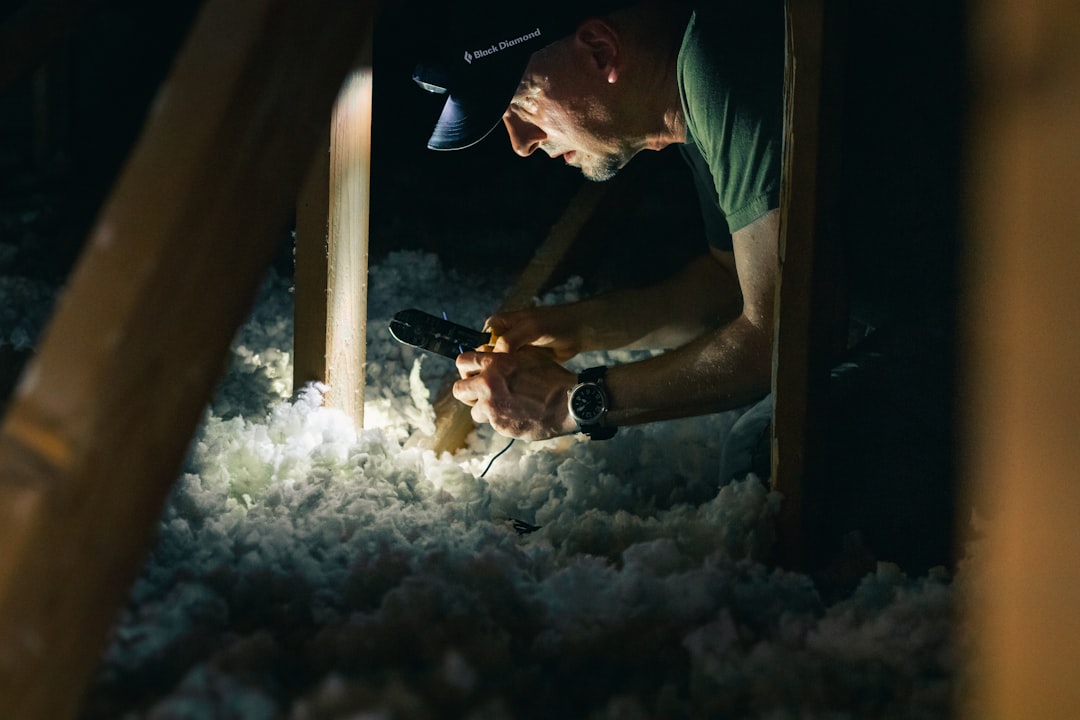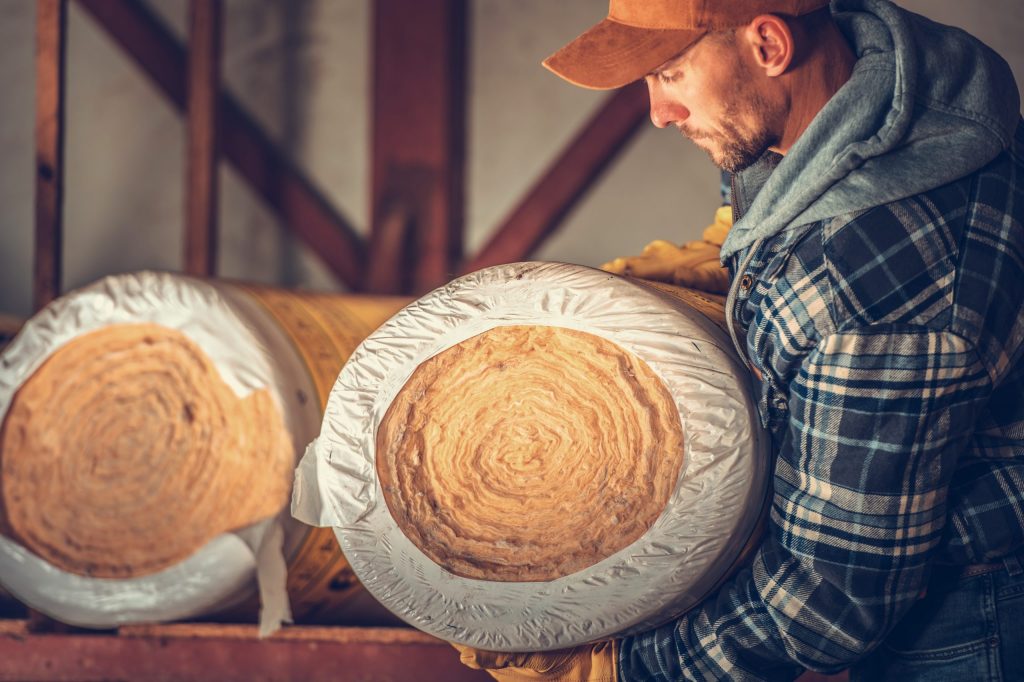Insulation is a material that is used to help regulate the temperature of a space. It can be used in walls, ceilings, and floors to help keep the heat in during the winter and the cool air in during the summer. There are a variety of different insulation materials available, each with its own set of benefits and drawbacks. Some of the most common types of insulation include fiberglass, cellulose, and foam. There are many types of insulation on the market, each with their own unique benefits. Thermal insulation, for example, helps to prevent heat loss in the winter, while sound insulation helps to reduce noise levels. Mechanical and electrical insulation protects equipment against damage, and fire protection insulation helps to prevent fires from spreading. Whatever your needs, there is sure to be an insulation type that suits your space.
Fiberglass Insulation
Fiberglass insulation is a type of insulation that is made of tiny glass fibers. It is used in buildings and homes to help keep the inside of the building warm in the winter and cool in the summer. Fiberglass insulation works by trapping air in the tiny glass fibers. This trapped air acts as a barrier between the inside and outside of the building, and helps to keep the building warm in the winter and cool in the summer. Fiberglass insulation is safe to use in buildings and homes. It is made of tiny glass fibers, which means it is unlikely to cause any injuries if it is accidentally inhaled.
Cellulose Insulation

Cellulose insulation is a type of insulation made from recycled newspaper. It is blown into attics and walls to prevent heat loss. Cellulose insulation is made of small pieces of paper that form a thick, fluffy material. It is a good insulator because it traps air, which prevents heat from escaping. It also resists fire and moisture.
Cellulose insulation is a green product because it is made from recycled materials. It is also a good insulator, which means it can help you save energy and money.
Foam Insulation
Foam insulation is made up of tiny cells that trap air. This trapped air acts as an insulation and helps to keep your home warm in the winter and cool in the summer. Foam insulation also helps to prevent moisture from entering your home. This helps to reduce the risk of mold and mildew growth. There are many different types of foam insulation available. The type that is best for your home will depend on your climate and the type of construction of your home. It is important to consult with a qualified insulation installer to determine which type of foam insulation is best for your space.
Mineral Wool Insulation

Mineral wool insulation is one of the most popular and effective types. This insulation is made from natural materials like rock and glass, and it is formed into small fibers that can be installed in walls, ceilings, and floors. It is a great choice because it is made from natural materials, so it is non-toxic and safe to use. This type will not ignite or burn, making it a safe choice for homes with fireplaces or other potential fire hazards. It also does not absorb moisture, so it will not become wet and sag over time. Mineral wool insulation even helps to muffle sound, making it a good choice for homes that need extra sound insulation.
Polystyrene Insulation
Polystyrene insulation is a widely used type of insulation. It is made of small, solid plastic beads that are heated and then molded into shape. Polystyrene insulation is available in two forms: expanded and extruded. Expanded polystyrene is made of small, plastic beads that are heated and then blown into a foam-like substance. Extruded polystyrene is made of small, plastic beads that are heated and forced through a die to form a tube-like shape.
These are just a few types of materials used as an insulation system for a variety of settings.











